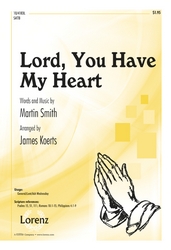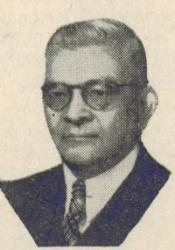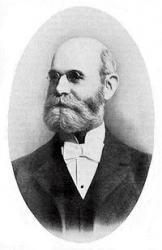Cáliz de Bendiciones #227
Display Title: Que mi vida entera esté First Line: Que mi vida entera esté Tune Title: DUCANNON Author: Francis R. Havergal; Vicente Mendoza; William J. Kirkpatrick Meter: 77.77 y coro Date: 1996 Subject: Christian Commitment | ; Compromiso Cristiano | ; Consecration | ; La Experiencia con Cristo | Consagración y Santificación; Obedience | ; Obediencia | ; Testimonio | ; Testimony |
Cáliz de Bendiciones #227


 My Starred Hymns
My Starred Hymns







